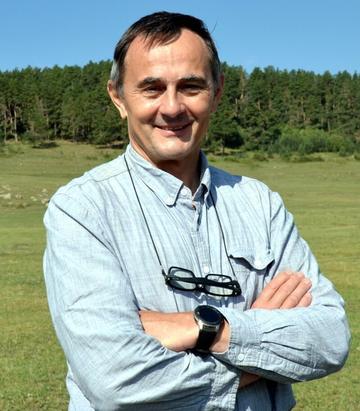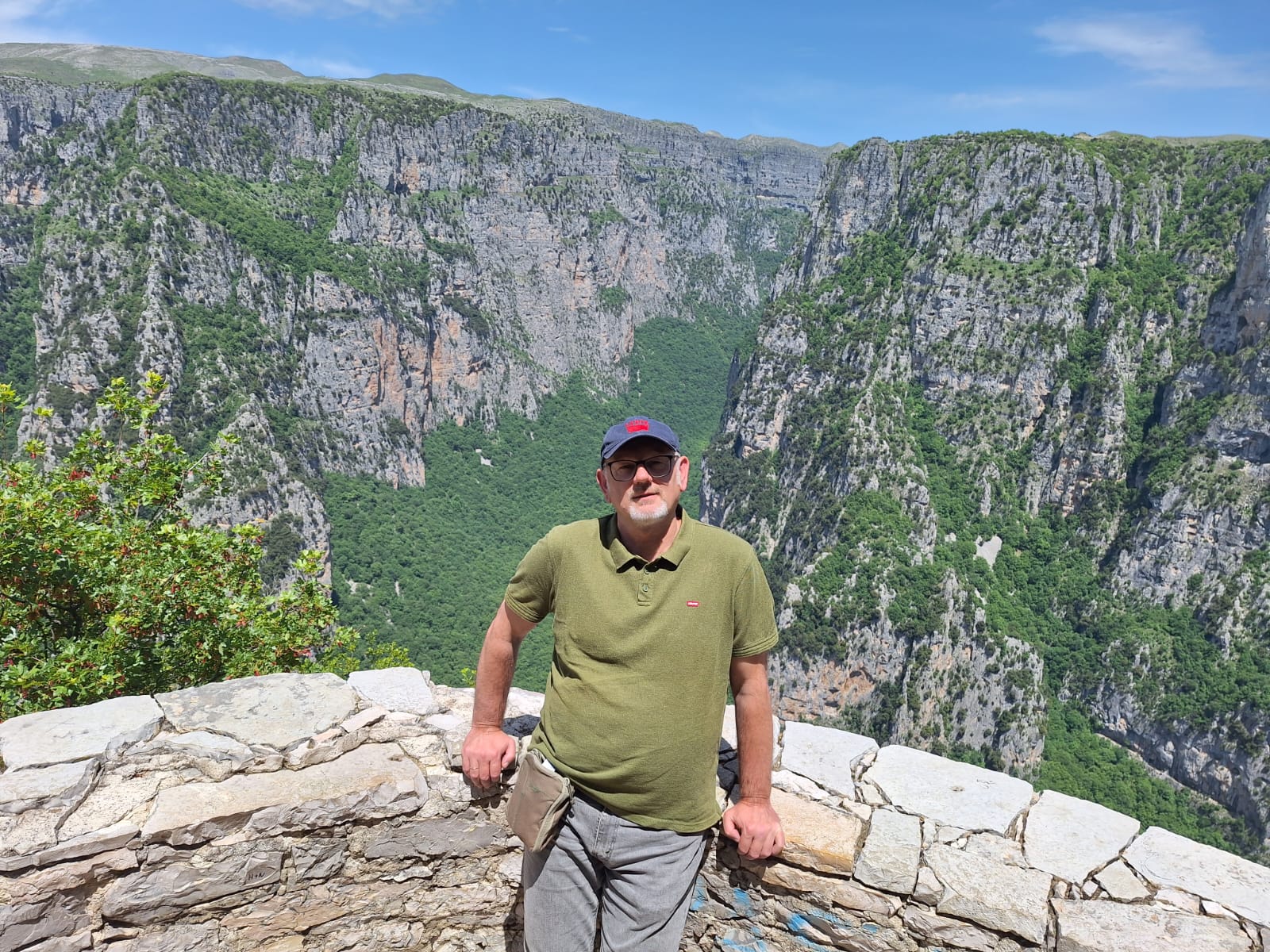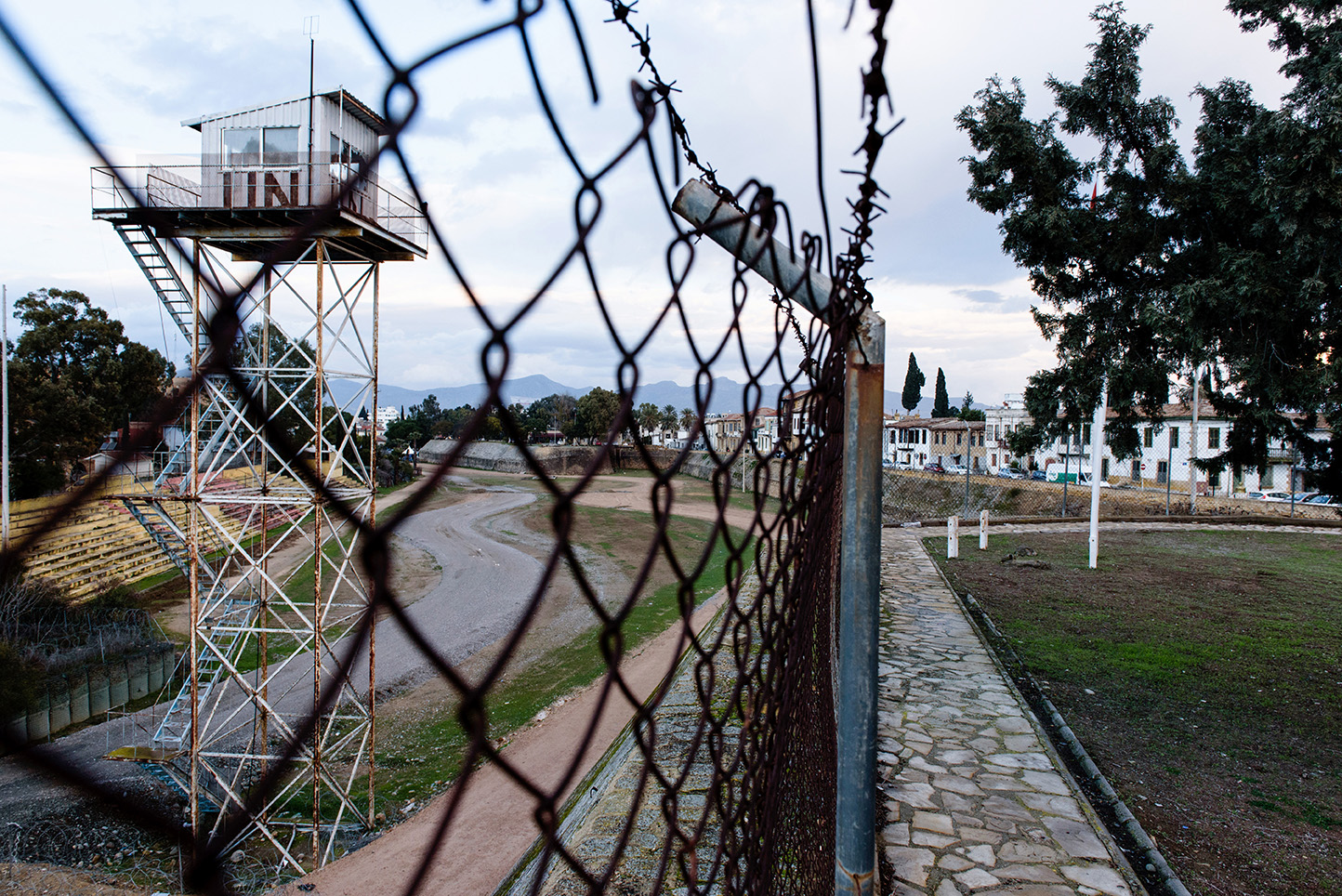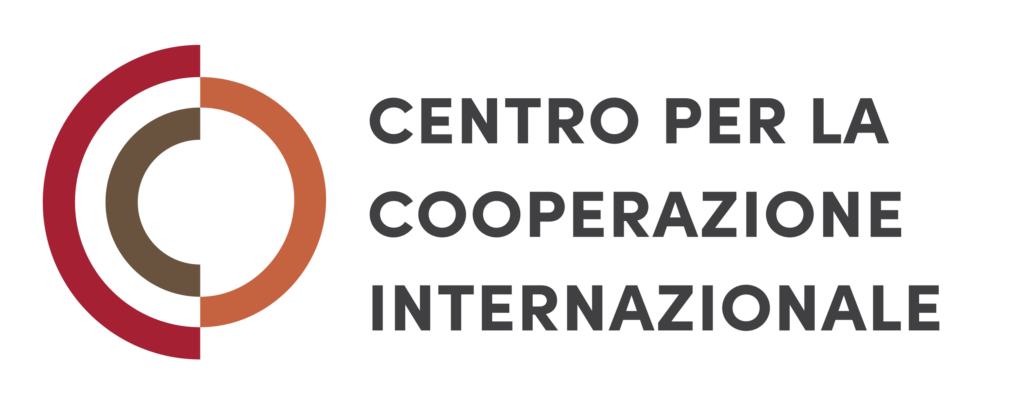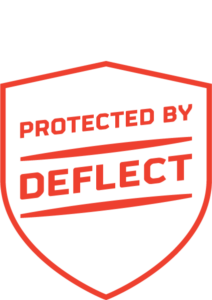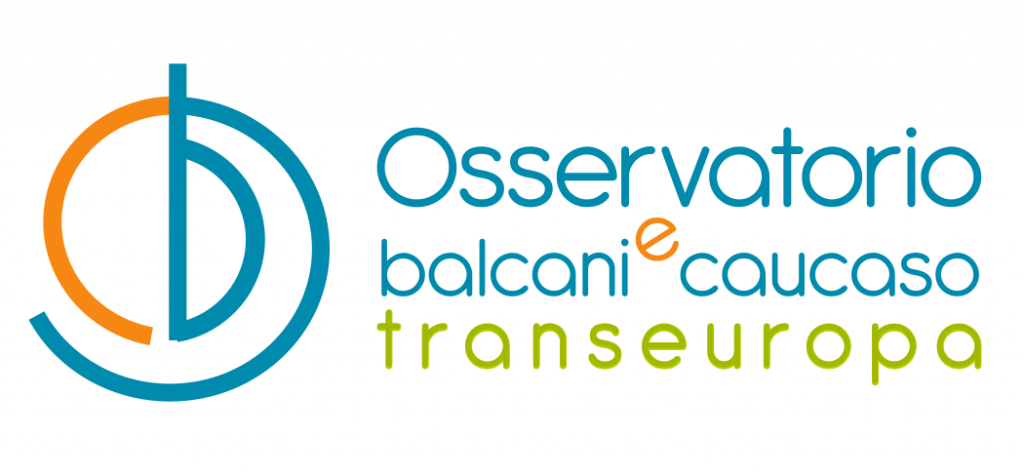Europe, how to protect the wolf
In this double interview between Serbia and Croatia, we talk to two experts about the state of the wolf population, until recently a strictly protected species in the EU, now degraded and potentially huntable. However, in Serbia, where wolves have always been hunted, the situation does not seem to be getting worse
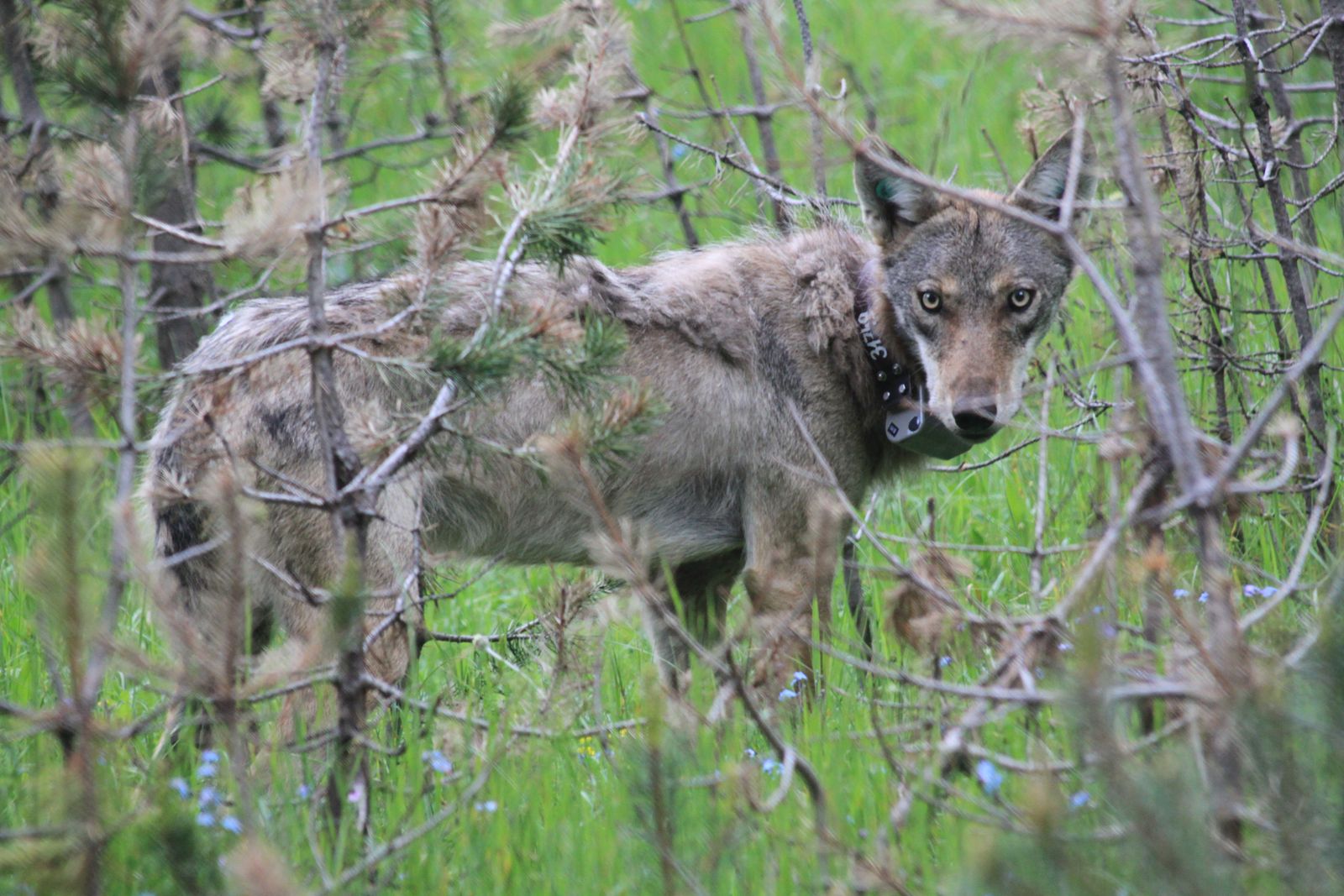
Europa-come-proteggere-il-lupo-1
Wolf – photo courtesy of Josip Kusak
According to The Guardian , Ursula von der Leyen is waging a personal battle against wolves. In September 2022, a gray wolf killed Dolly, the family pony left overnight in an unelectrified enclosure on the European Commission President’s estate in Lower Saxony. A year later, at the end of 2023, Ursula von der Leyen announced a decision to downgrade the wolf’s protection level from “strictly protected” to “protected”, allowing for greater “flexibility” in managing a “too large” wolf population, and making it easier to approve hunting of the species.
The European Parliament approved the new protection status for the wolf on 8 May 2025, and the Council gave final green light on 5 June. The intention to change the protection status had already been criticised by over 300 associations and civil society organisations, including WWF, BirdLife , ClientEarth, the European Environment Agency, Euronatur and Legambiente, while an online petition collected more than 330,000 signatures. Despite the opposition, the decision on the new protection status for the wolf entered into force.
In Croatia, biologist Josip Kusak, a professor at the University of Zagreb, is one of the critics of the European Commission’s initiative, considering the decision “hypocritical”, “hasty” and “scientifically unfounded”.
According to Professor Kusak, lowering the level of protection for wolves is not only a “political decision aimed at achieving consensus among the right” but also an indicator of the attention that the government is currently paying to the more general issue of nature conservation.
What is the situation with wolves in Croatia?
The wolf has been protected in Croatia since 1995, and hunting is prohibited. From 2005 to 2015, we witnessed a sort of golden age in the management of this large predator. It was decided to include interest groups, such as hunters and farmers, and a compromise number of 200 wolves was established, which represented the so-called “social capacity”, i.e. the maximum number of wolves that people can tolerate in Croatia (the ecological capacity would be higher).
Hunters were given the task of tracking, in exchange for the right to shoot surplus wolves. 160 people volunteered for wolf tracking and counting activities in 2008. Then volunteer efforts began to decline, and since 2010 we have consistently recorded fewer than 200 wolves, probably due to insufficient tracking.
However, at that point hunters lost their right to their quota of wolves to kill, and consequently also the motivation to participate in counting campaigns. Finally, after Croatia’s accession to the European Union in 2013, I have the impression that the authorities’ interest in this type of activity has also decreased.
How did the authorities lose interest in the wolf?
It is not just about wolves, but about nature protection in general. In the early 2000s, there was the State Institute for Nature Protection (SINP), an institution that employed around forty people, but it was closed down in 2015. From that year until 2019, there was also the Agency for Environmental and Nature Protection (HAOP), which was later also incorporated into the competent ministry.
Interestingly, no Croatian ministry today contains the word “nature” in its name. There is currently a Ministry of Environmental Protection and Green Transition, but “environment” and “nature” are two different concepts. In short, the fate of the wolf is symptomatic of the marginalisation of nature conservation in general.
In its biodiversity strategy, the European Union has set a target of declaring 30% of the EU’s territory as protected area by 2030. This means creating more space for wild animals like wolves. What progress has been made towards achieving this target?
None. This is simply not a priority, it was not a priority before the war in Ukraine, let alone now. At most, there is talk of energy issues and a green transition, but there are problems here too.
Croatia has not optimised the selection of areas for the construction of new infrastructure, like wind farms. The choice is left to private investors. So, instead of building in areas where nature is already cultivated, hills and mountains are chosen, the last spaces of freedom for wild animals. I remember that we were involved, as experts, in the construction of highways in the early 2000s, and we managed to create eleven ecoducts, or rather green bridges for wild animals to cross the highway. Today we are not involved.
What would happen if the wolf disappeared from this area?
The wolf is a large carnivore and plays a key role in regulating ecosystems. A good example is what happened in Yellowstone when wolves were reintroduced in 1995, seventy years after they disappeared from the famous American national park. The reintroduction of wolves encouraged deer populations to move more and avoid certain areas, where vegetation then grew back, attracting birds and other smaller animals. The famous video "How wolves change rivers" recounts thus story.
And how to avoid conflict with humans?
Often it is man who has to change his behavior. In Western Europe we have forgotten how to coexist with wolves, what precautions to take and especially how to raise livestock. In Croatia I also often see herds grazing without shepherds or outside electric fences. Owners attach GPS collars to a few cows or sheep, thinking that they can track the livestock, sometimes leaving poisoned food for the wolves. The state must do its job, refocus on nature and wolves, and ensure that poisons are not used.
***
While in Croatia wolves are protected and bears can be hunted, in Serbia the situation is reversed. In Belgrade, we spoke with Duško Ćirović, a professor at the Faculty of Biology.
What consequences do you expect the European Commission’s decision to have?
The decision is certainly hasty, but it does not necessarily imply negative consequences for wolves. For example, in Serbia, wolf hunting is allowed, but their population is stable. It is estimated that there are 800-900 wolves in the country (hunters even claim that there are 1300, but this estimate is not realistic). However, here, as in Croatia, monitoring is insufficient.
What should be done to improve wolf monitoring and management?
I am involved, as an external expert, in two European projects concerning wolves, in which monitoring is a key activity: ForestConnect [funded by the Interreg Danube programme, aiming to improve the ecological connectivity of forests between the Carpathians, the Balkans and the Dinarides, in order to provide functional habitats and corridors for large carnivores, ed.] and 4PETHABECO [funded by the Interreg IPA Adrion programme, with similar objectives, but with a focus on the Adriatic-Ionian region, ed.]. Population projections of wolves (and other large carnivores) are carried out using different methods and techniques across Europe. There is no standardisation. For example, within the 4PETHABECO project we aim to harmonise monitoring protocols so that we can share data and make better projections.
Is there a good relationship between humans and wolves in Serbia?
I would say so. In our country, hunters set hunting quotas, and every year they propose quotas so high that they barely manage to catch 40% of the wolves they set as a target, precisely because they greatly overestimate the wolf population. Now the authorities want to revise this management model, and with better planning an even better ratio could be achieved.
However, I think that the decision to allow or not allow hunting does not necessarily worsen the state of the wolf population. Take the case of bears in Slovenia. Management is excellent even though hunting is allowed. The country has the highest density of bears in Europe and their population continues to grow.
This article is published as part of the Cohesion4Climate project, co-funded by the European Union. The EU is in no way responsible for the information or views expressed within the project; the sole responsibility lies with OBCT.

